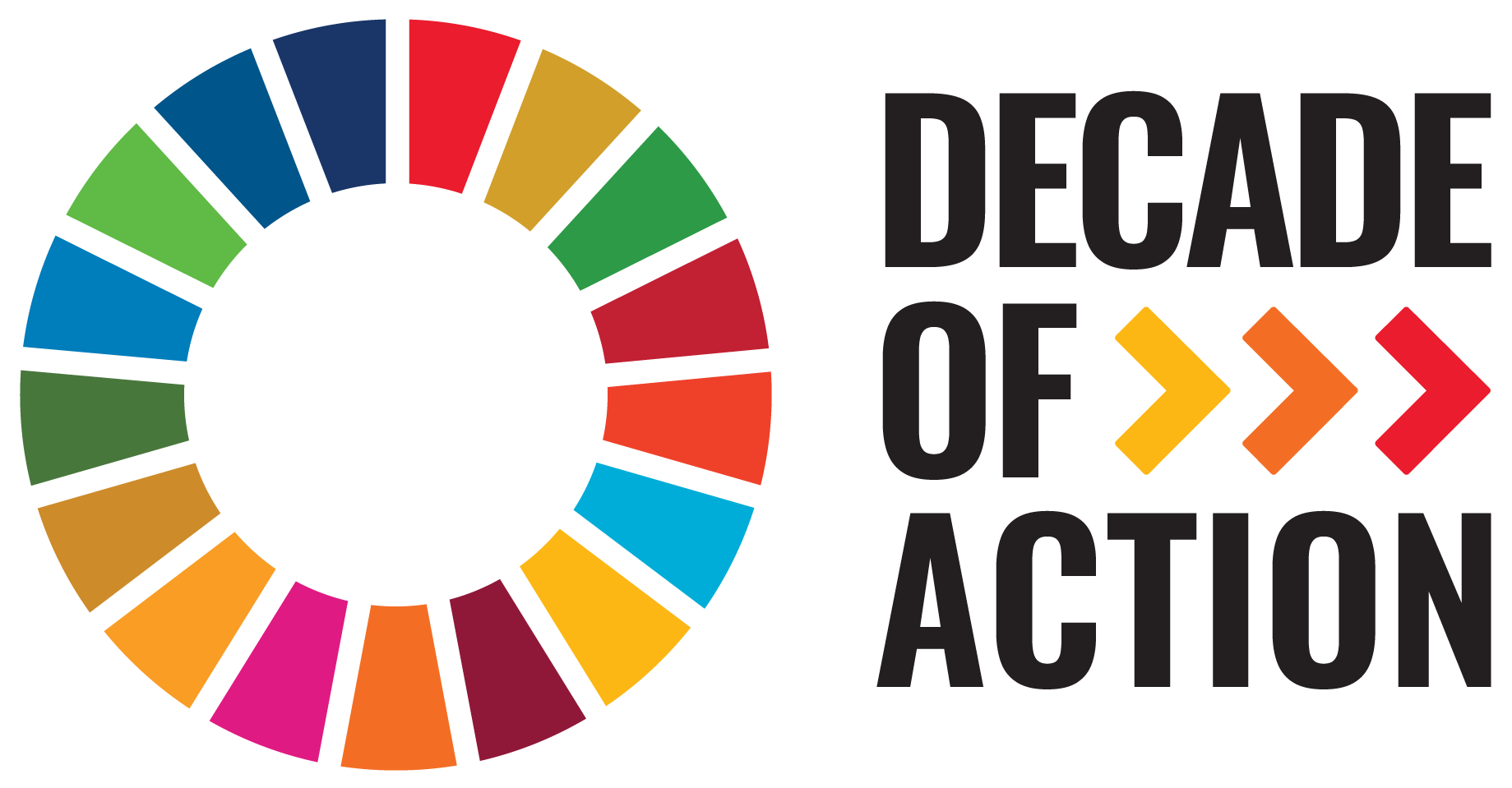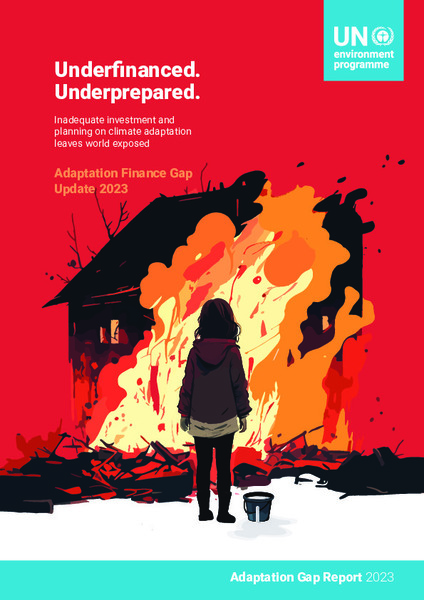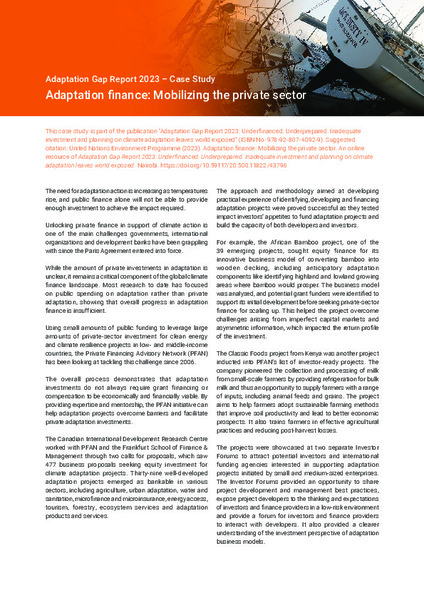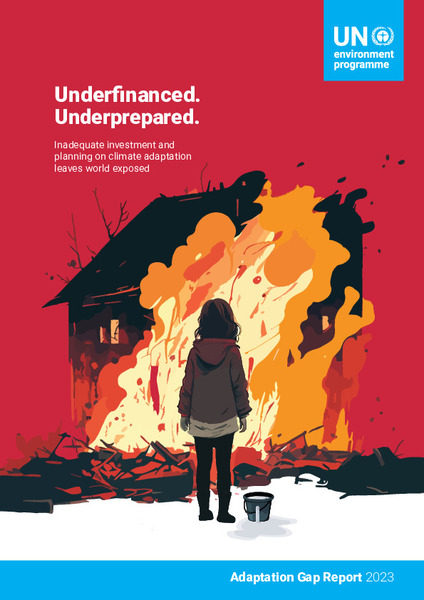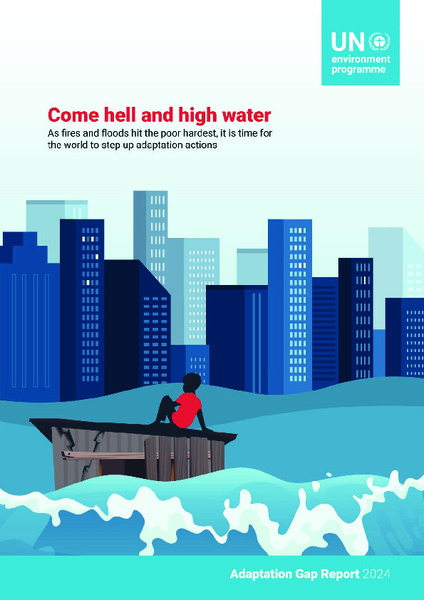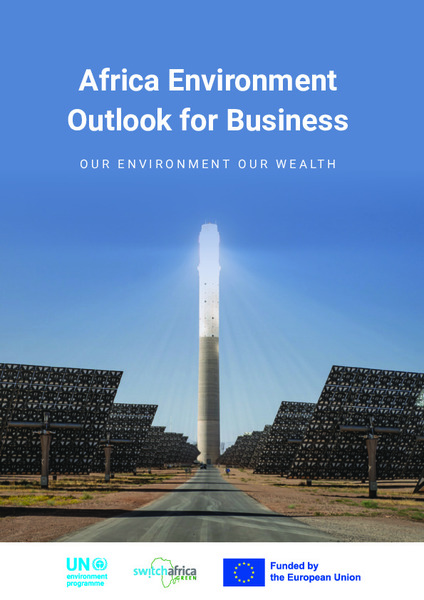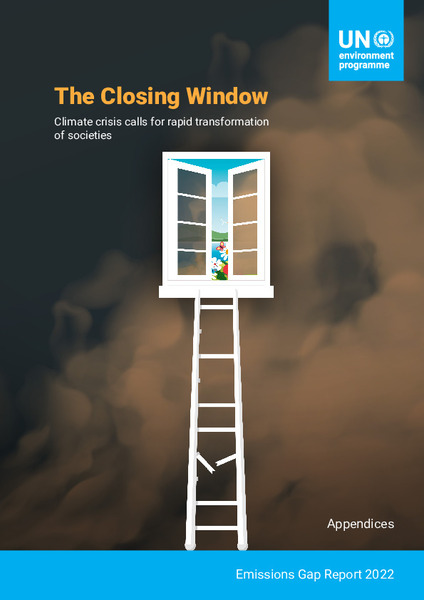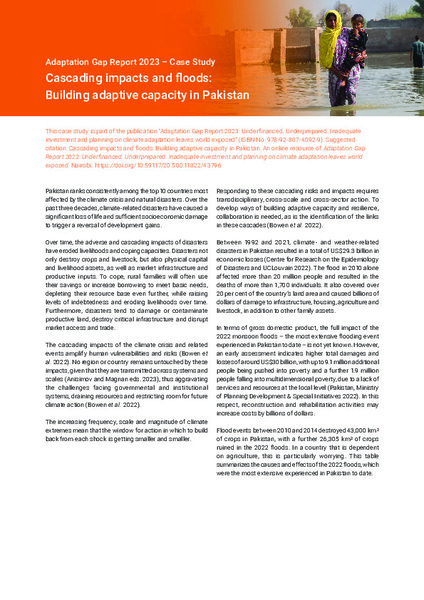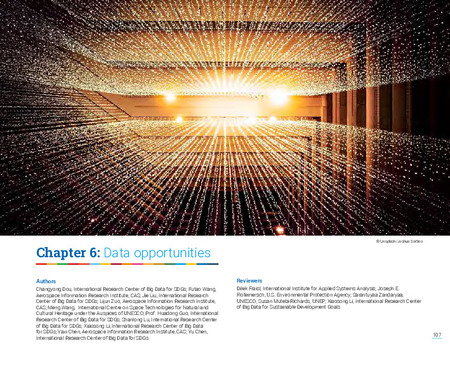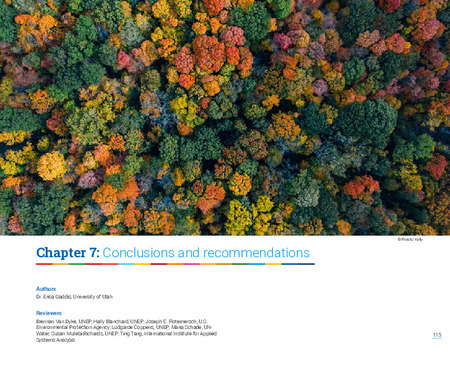Browsing Institutional Series by Title
Now showing items 1-20 of 36
-
Adaptation Finance Gap Update 2023 - Adaptation Gap Report 2023
(2023-11)UNEP’s Adaptation Gap Report 2023 has undertaken a comprehensive assessment of the literature and commissioned new studies to provide updated estimates of the cost of adaptation and current adaptation finance flows, and ... -
Adaptation finance: Mobilizing the private sector - Adaptation Gap Report 2023 – Case Study
(2023-11)Unlocking private finance in support of climate action is one of the main challenges governments, international organizations and development banks have been grappling with since the Paris Agreement entered into force. This ... -
Adaptation Gap Report 2023: Underfinanced. Underprepared. Inadequate investment and planning on climate adaptation leaves world exposed
(United Nations Environment Programme, 2023-11)The UNEP Adaptation Gap Report (AGR) series provides an annual science-based assessment of the global progress on adaptation planning, financing, and implementation. It also explores options for enhancing and advancing ... -
Adaptation Gap Report 2024: Come hell and high water - As fires and floods hit the poor hardest, it is time for the world to step up adaptation actions
(United Nations Environment Programme, 2024-11)The Adaptation Gap Report (AGR) series provides an annual assessment on progress in adaptation planning, implementation and finance to inform key processes, notably under the UNFCCC. In line with this, the AGR 2024 continues ... -
Africa Environment Outlook for Business: Our Environment Our Health
(United Nations Environment Programme, 2023-08)AEO for Business aims to identify and document options for stimulating the linkages between business and environmental sustainability in Africa while augmenting their benefits to people, nature, and economies and achieving ... -
Annex 4.1. Updated Evidence on the Estimated Costs of Climate Change and Adaptation - The Adaptation Gap Report 2018
(2018)This annex describes material prepared to support Chapter 4 of the Adaptation Gap Report 2018 -
Appendices - Emissions Gap Report 2022: The Closing Window - Climate Crisis Calls for Rapid Transformation of Societies
(2022-10)This document includes: Appendix A Supplementary material for chapter 2: Global emissions trends; Appendix B Supplementary material for chapter 3: Nationally determined contributions and long-term pledges: The global ... -
Bridging the Emissions Gap: The Role of Non-state and Subnational actors - Pre-release version of a chapter of the forthcoming UN Environment Emissions Gap Report 2018
(United Nations Environment Programme, 2018)This publication is part of a collaborative series of reports by over 30 organizations released in concert with the 2018 Global Climate Action Summit, which showcase the extraordinary action of states, regions, cities, ... -
Cascading impacts and floods: Building adaptive capacity in Pakistan - Adaptation Gap Report 2023 – Case Study
(2023-11)Pakistan ranks consistently among the top 10 countries most affected by the climate crisis and natural disasters. Responding to these cascading risks and impacts requires transdisciplinary, cross‑scale and cross‑sector ... -
Chapter 1. Introduction - Emissions Gap Report 2021: The Heat Is On – A World of Climate Promises Not Yet Delivered
(2021)This twelfth edition of the United Nations Environment Programme (UNEP) Emissions Gap Report comes during a year of constant reminders that climate change is not in the distant future. Extreme weather events around the ... -
Chapter 1. Setting the Scene - Adaptation Gap Report 2021: The Gathering Storm - Adapting to Climate Change in a Post-pandemic World
(2021-11)The Adaptation Gap Report 2021 – its sixth edition – is part of a new set of reports launched in 2020 in the run up to the 2023 Global Stocktake. It is structured in three parts: Part I (chapters 3 to 5) assesses national ... -
Chapter 2. Trends in global emissions, new pledges for 2030 and G20 status and outlook - Emissions Gap Report 2021: The Heat Is On – A World of Climate Promises Not Yet Delivered
(2021)This chapter reviews the current status of global greenhouse gas (GHG) emissions as well as the outlook for 2030 emissions under new or updated NDCs and announced mitigation pledges. Furthermore, it reviews progress towards ... -
Chapter 3 Appendix. A Methodology of national and global studies - The Emissions Gap Report 2017
(2017)This chapter provides an update on the mitigation challenge associated with the global temperature goal of the Paris Agreement, and the estimated global emission levels under various assumptions regarding the implementation ... -
Chapter 3. Net-Zero Emission Targets - Emissions Gap Report 2021: The Heat Is On – A World of Climate Promises Not Yet Delivered
(2021)This chapter looks at how net-zero emission targets have emerged from the scientific understanding of the climate system and the goals of the Paris Agreement (section 3.2). It sets out the considerations in translating ... -
Chapter 4. The emissions gap - Emissions Gap Report 2021: The Heat Is On – A World of Climate Promises Not Yet Delivered
(2021)The emissions gap is estimated as the difference between projected global GHG emissions assuming full implementation of the mitigation pledges that countries have made for 2030, and emissions under least-cost pathways ... -
Chapter 5. Are COVID-19 fiscal recovery measures bridging or extending the emissions gap? - Emissions Gap Report 2021: The Heat Is On – A World of Climate Promises Not Yet Delivered
(2021)This chapter explores three questions: 1) How could COVID-19 related public spending bridge the emissions gap? 2) What are the characteristics of fiscal rescue and recovery spending to date and how may they impact the ... -
Chapter 6. The role of anthropogenic methane emissions in bridging the emissions gap - Emissions Gap Report 2021: The Heat Is On – A World of Climate Promises Not Yet Delivered
(2021)This chapter assesses the role of methane in the NDCs and in bridging the emissions gap, and considers options for cost-effective reductions of the otherwise growing emissions of methane. -
Chapter 6: Data opportunities - Measuring Progress: Water-related Ecosystems and the SDGs
(United Nations Environment Programme, 2023-03)Big data sources are increasingly being recognized as new and innovative information sources for SDGs (MacFeely 2019; IAEGSDGS 2019; Tam and Van Halderen 2020). Many NSOs are already experimenting with big data in the ... -
Chapter 7. The Role of Market Mechanisms in Bridging the Gap - Emissions Gap Report 2021: The Heat Is On – A World of Climate Promises Not Yet Delivered
(2021)NDCs and promote greater ambition, while at the same time fostering sustainable development and encouraging broad participation from both the private and public sectors. Market mechanisms are therefore seen as one important ... -
Chapter 7: Conclusions and recommendations - Measuring Progress: Water-related Ecosystems and the SDGs
(2023-03)This report focuses on evaluating interlinkages and trends between major global drivers and marine and freshwater indicators within the SDG indicator framework. Although the progress made in relation to the 92 environment-related ...

